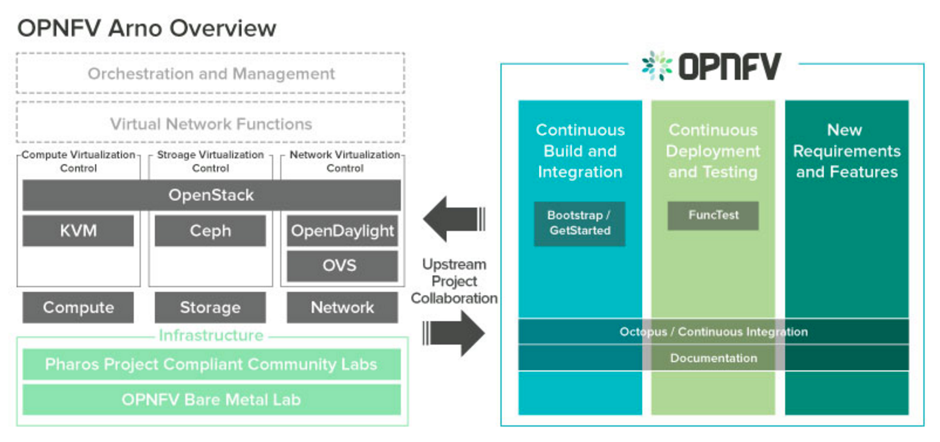Mid Week Tech Meeting, 2015-12-03
2015-12-03
1. Definition of NFV and VNF
European Telecommunications Standards Institute (ETSI) sets forth the NFV specifications. The term “network function”, typically refers to some component of a network infrastructure that provides a “well-defined functional behavior”, such as intrusion detection, intrusion prevention or routing.
Historically, we’ve deployed such network functions as physical appliances, where software is tightly coupled with specific, proprietary hardware. These physical network functions need to be manually installed into the network, creating operational challenges and preventing rapid deployment of new network functions. A VNF (virtual network functions), on the other hand, refers to the implementation of a network function using software that is decoupled from the underlying hardware. This can lead to more agile networks with significant Opex and Capex saving.
NFV (network functions virtualization) typically refers to the overarching principle or concept of running software-defined network functions, independent of any specific hardware platform, as well as to a formal network virtualization initiative led by some of the world’s biggest telecommunication network operators.
2. ETSI NFV ISG’s Architectural Framework

3. OPNFV Platform Overview

4. OPNFV Arno Overview
